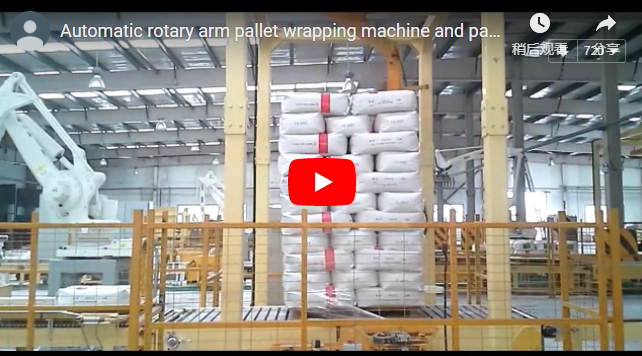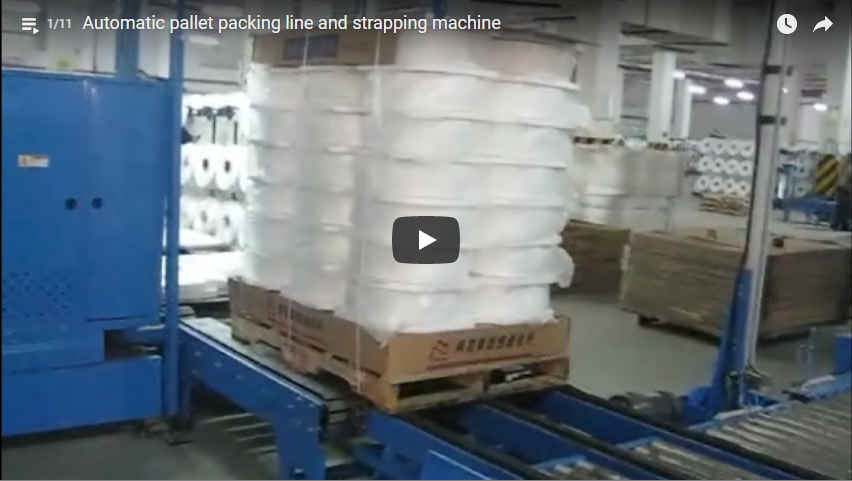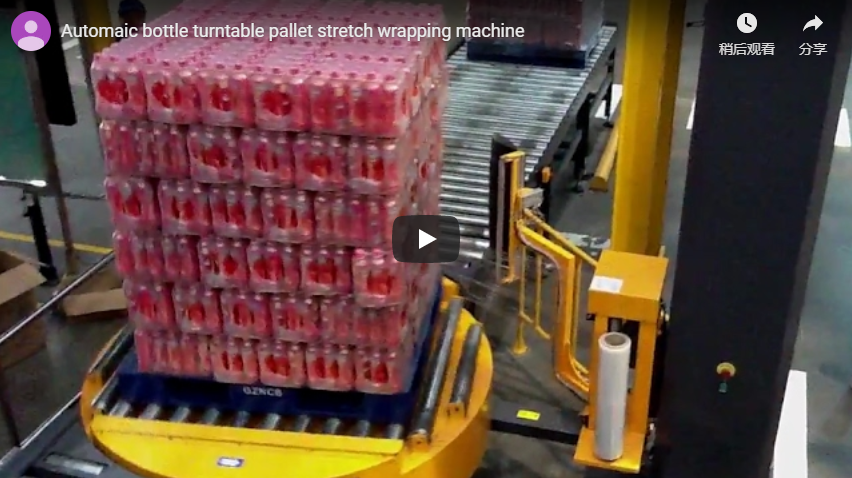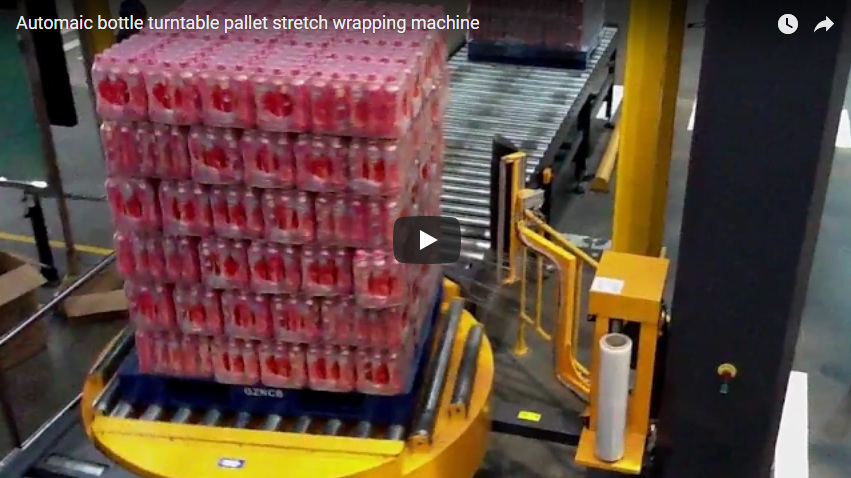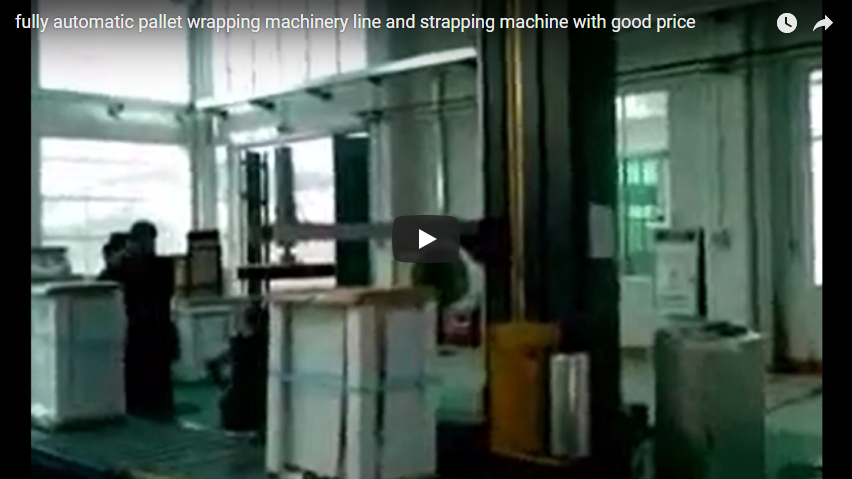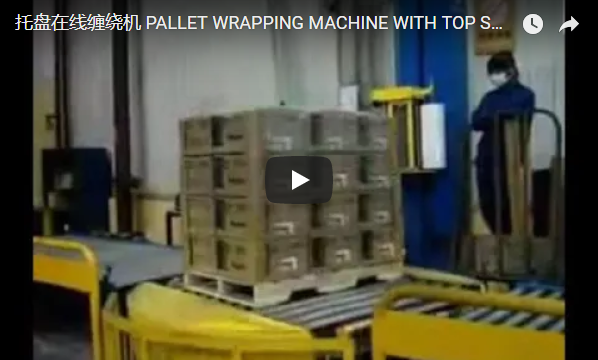Advanced Automatic Pallet Wrapping: Technology, Efficiency, and Integration
In modern logistics and manufacturing environments, ensuring pallet load stability and integrity during transit and storage is paramount. Manual or semi-automatic wrapping methods often fall short in terms of consistency, speed, and material efficiency. The Automatic pallet wrapping machine represents a significant technological advancement, designed to optimize end-of-line packaging processes through automation. Drawing insights from industry research and patented technologies, these systems deliver measurable improvements in throughput, cost reduction, and product protection.
Core Technology: The Stretch Wrapping Process
The fundamental principle involves applying stretch film under tension around a palletized load. Advanced automatic systems elevate this process through precision engineering and control:
- Pre-Stretch Mechanism: A critical component, highlighted in numerous patents (e.g., focusing on roller configurations and tension control, cf. US Patent 5,685,126), is the powered pre-stretch unit. This typically stretches the film by 200% to 300% before application. Research published in packaging journals confirms that effective pre-stretching can reduce film consumption by 50-75% compared to manual methods, while simultaneously enhancing load containment force.
- Rotational System: Most designs utilize either a turntable platform, where the pallet rotates, or a rotary arm system, where the film carriage orbits a stationary pallet. The choice often depends on load stability, weight, and throughput requirements. PLC (Programmable Logic Controller) systems manage rotation speed, film carriage ascent/descent speed, and wrap counts (top/bottom) to create optimized, repeatable wrap patterns tailored to specific load profiles.
- Wrap Parameters: Operators can precisely define parameters via an HMI (Human-Machine Interface), including:
- Top and bottom wrap counts
- Film overlap percentage
- Wrapping tension
- Reinforcement wrap bands at specific heights
- Film pre-stretch ratio
Key Feature: Automated Film Management
A hallmark of fully automatic systems is the elimination of manual film handling at the start and end of the cycle:
- Auto Film Attach & Cut: Once the pallet is in position, the machine automatically attaches the film tail to the load or pallet base.
- Auto Film Cut & Wipe/Clamp: Upon cycle completion, the film is automatically cut (often using a hot wire, impulse sealer, or mechanical knife assembly – areas of continuous innovation noted in patent filings) and the trailing edge is wiped down against the load or clamped securely. This ensures a clean finish, prevents film tails from unraveling, and significantly reduces cycle time compared to semi-automatic operations.
System Integration and Operational Efficiency
Modern automatic wrappers are designed for seamless integration and operational ease:
- Loading and Unloading Options: Systems can be configured for forklift loading or integrated directly into conveyor lines. Optional ramps facilitate pallet jack loading for turntable models. Photo-eye sensors automatically detect pallet presence and height, initiating the wrap cycle.
- Safety Features: Compliance with safety standards (e.g., CE marking, ANSI/PMMI B155.1) is crucial. Features include safety fencing, light curtains, emergency stop buttons, and guarded moving parts to ensure operator safety.
- Reduced Labor & Ergonomics: Automation minimizes manual labor requirements, freeing personnel for higher-value tasks. It also eliminates the physically demanding and potentially hazardous task of manual wrapping.
Technical Specifications Overview
While varying by model, typical parameters include:
- Turntable Speed: 12-20 RPM
- Max Load Weight: 1500 - 2500 kg
- Max Load Height: 2000 - 3000 mm
- Turntable Diameter: 1500 - 1800 mm
- Film Type: LLDPE Stretch Film (specific micron and width)
- Pre-Stretch Ratio: Up to 300% (variable)
- Power Requirements: Typically 220V/380V, 3-Phase
- Control System: PLC with HMI Touchscreen
Quantifiable Benefits and Market Perspective
As frequently discussed in industry publications like MM MaschinenMarkt, the adoption of automatic pallet wrapping technology offers substantial advantages:
- Material Cost Savings: Optimized pre-stretch significantly cuts film consumption.
- Labor Cost Reduction: Automation decreases the need for manual intervention.
- Improved Load Integrity: Consistent tension and precise wrap patterns minimize product damage during shipping, estimated to reduce damage rates by up to 40% in some studies.
- Increased Throughput: Faster cycle times compared to manual or semi-auto methods boost packaging line efficiency.
- Enhanced Safety: Reduces risks associated with manual wrapping.
Investing in an automatic pallet wrapping machine is a strategic decision for companies seeking to enhance packaging quality, reduce operational costs, and improve overall supply chain efficiency in today's competitive market.

